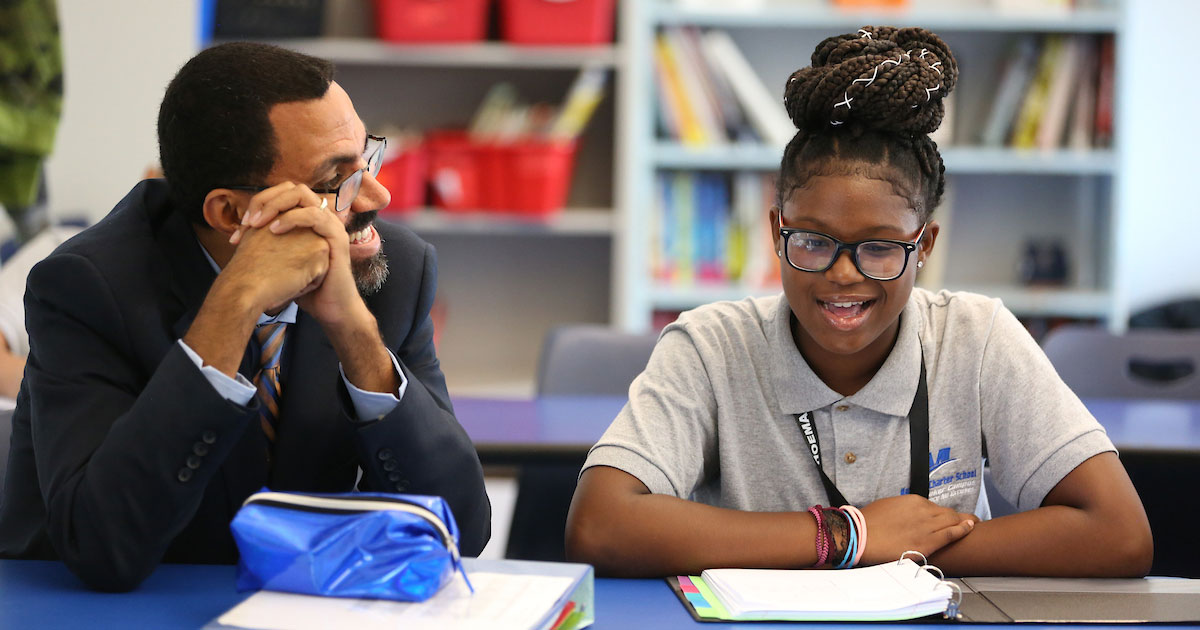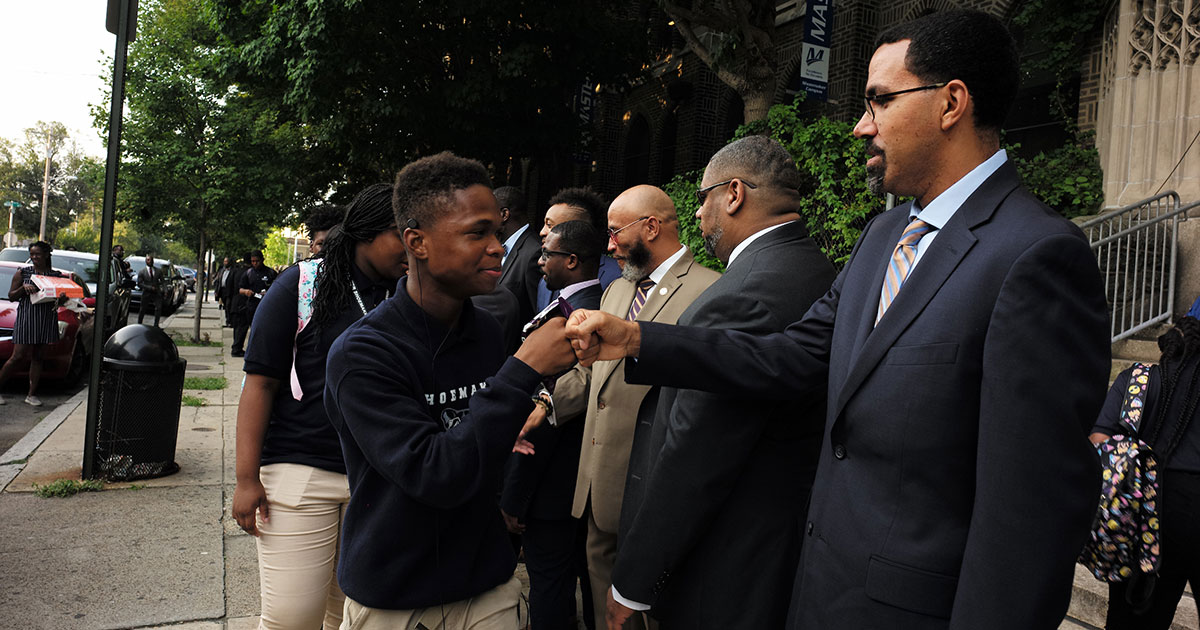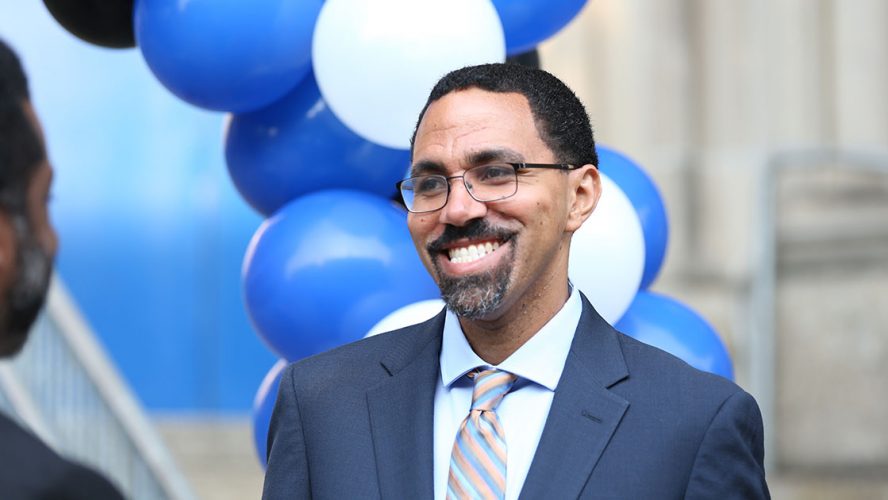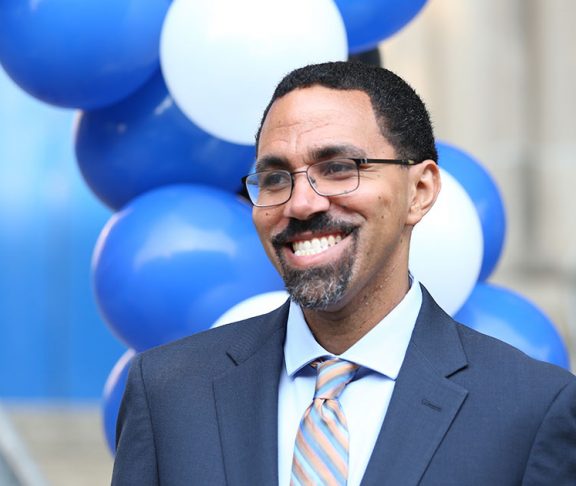We asked John B. King, Former United States Secretary of Education and CEO of the Education Trust, for some advice on what obstacles students might face when applying for college and how they can graduate successfully with less debt.
Although pursuing higher education remains a priority for millions of students across the country, college dropout rates are startlingly high. What are some key hurdles students face when it comes to completing college, and how can we as a society work to help remove those hurdles?
Students who complete college are most likely to find good jobs and least likely to default on student loans. Yet, about half of students who start college never finish — and for students of color and those from low-income backgrounds, the gaps are even wider. We studied these gaps at the Education Trust, and while about six in ten white students who start a bachelor’s degree eventually earn one, just five in ten latino students and low-income students of any race or ethnicity have earned a bachelor’s degree. Only four in ten black and Native American students have earned one. These disparities demonstrate that students of color and students from low-income families face more hurdles on the path to higher education.
Still, some colleges have figured out how to graduate all students, including those most underserved, at high rates. UC Riverside, for example, tops the lists of U.S. colleges for its graduation rate of low-income students receiving Pell Grants, and for closing college completion gaps between white students and students of color. Georgia State University doubled graduation rates for black students and dramatically improved outcomes for other disadvantaged groups by harnessing data and providing targeted supports.
Our government must play a role in improving graduation rates. States must ensure equitable funding for early learning through high school. Colleges should adopt evidence-based completion strategies that target students of color and students from low-income families. The federal government can also play a role by holding colleges accountable for their results and investing in student success. Congress can act to strengthen the Pell Grant, the primary federal scholarship for college students from low-income backgrounds, and to also ensure that students who are incarcerated can receive access to Pell Grants.

Our growing workforce requires students to be prepared to enter STEM-related career paths. What are some ways parents, educators and others can increase student awareness and encourage them to pursue a career in these fields?
Reports regularly demonstrate that women and black students are less likely to earn STEM degrees. Parents and educators can help young people develop a love of math and science early on in their lives. Groups like Girls Who Code, the Afterschool Alliance and the National Society of Black Engineers help bridge the gaps in these fields.
Just as we need more students of color in STEM, we also need more teachers of color. The majority of students in our nation’s public schools are students of color, but less than 20 percent of teachers identify as people of color. Research has shown again and again the benefits of having teachers of color for all students. As role models in STEM, educators of color can work to help students reach their full potential.
School and district leaders can develop curriculums to make a full suite of STEM classes available in K-12 schools, including calculus, chemistry and physics. Educators should be encouraged to creatively design STEM lessons that increase student motivation and engagement.
There is also a role for the business community to play in growing and developing tomorrow’s STEM leaders. In New York City, CUNY students are placed in internships with city government agencies to serve as engineers and web developers. Business leaders can help students start their pathway into careers in STEM. The “P-TECH” movement started as a partnership between IBM, CUNY schools and one high school in Brooklyn, NY. Today, there are more than 100 schools teamed up with 500 companies helping students complete high school, earn a college degree, and win first-in-line access to high-skill jobs.

It’s no secret that college is getting more expensive year after year. As the former Secretary of State, what advice would you give families who are looking to the federal government for financial resources?
For people considering college, it’s important to keep a few things in mind. First, complete the FAFSA to get access to federal grants and student loans. These have stronger consumer protections than private loans, such as income-based repayment plans and subsidies. Secondly, apply to multiple institutions varying in size, mission and type to make comparison shopping possible. The Common Application and the Common Black College Application can make applying to multiple schools easier and less expensive. Finally, do some research using a tool like College Results to choose the college with the best value that works best for you.
The research is clear: students who struggle most with repaying their loans are the students who end up with debt but no degree. Choosing the best possible college in the first place — and avoiding predatory for-profit colleges that often leave students worse off than when they started — can pay off down the road.
Everyone can be an advocate for a more affordable, more just higher education system. Write letters and make calls to members of Congress, governors and state legislators to ask for more public investment in higher education, starting with a stronger Pell Grant, to make college more affordable. Debt-free college for students from low- and middle-income backgrounds is an attainable public policy goal, but it will require equity-focused political courage.

